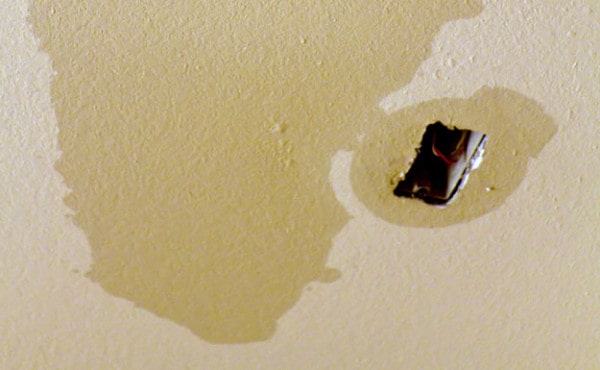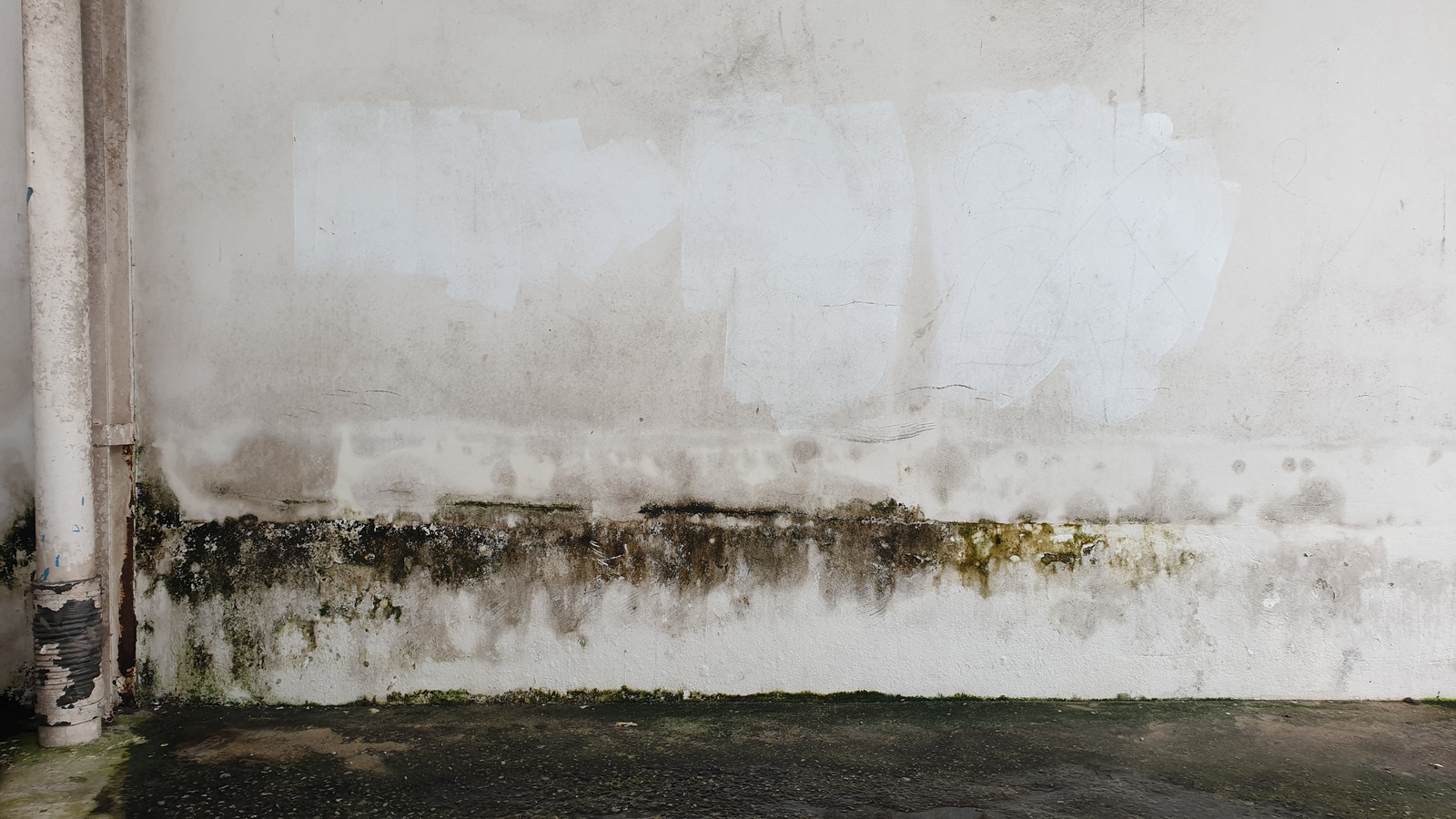Finding and Addressing Water Stains on Walls
Finding and Addressing Water Stains on Walls
Blog Article
The author is making a number of good observations regarding Indicators of Water Damage Behind Walls in general in this great article below.

Water discolorations on walls are not enjoyable to the eyes. Your residence needs to lack discolorations on the wall surfaces, roofing system, or floors. That is the excellent state of a home and its structures. Yet, occasionally it seems virtually inescapable to experience water discolorations on walls in residences.
House owners living in humid areas frequently manage the anxiety of water stains on wall surfaces. That does not have to be the situation for you. With all-round and also precise info on the reasons for water discolorations as well as punctual repair work processes, you will certainly always be a step ahead of such events. So, this short article assures to be a handy overview for you.
3 Common Sources Of Water Spots on Wall Surfaces
In contrast to common belief, water stains on wall surfaces do not constantly stem from bad structure materials. There are several root causes of water stains on walls. These consist of:
Moist
When hot moist air meets with dry cool air, it triggers water beads to base on the walls of structures. When there is heavy steam from food preparation or showers, this occurs in bathrooms as well as kitchens. The water beads can stain the surrounding walls in these parts of your house and also spread to various other locations.
Moist or condensation affects the roof covering as well as walls of structures. This creates them to appear darker than various other locations of the home. When the wall surface is wet, it develops an appropriate environment for the growth of fungi as well as germs. These may have negative results on health and wellness, such as allergic reactions as well as breathing disorders.
Poor Water drainage
When making a building plan, it is crucial to guarantee ample drainage. This will avoid water from leaking right into the wall surfaces. Where the drainage system is clogged or nonexistent, underground moisture builds up. This links to extreme moisture that you notice on the walls of your building.
The leading cause of wet walls, in this case, can be a poor drainage system. It can also be due to poor management of sewer pipelines that go through the structure.
Pipe Leaks
Many homes have a network of water pipes within the wall surfaces. It constantly enhances the practicality of such pipes, as there is little oxygen within the walls.
Yet, a disadvantage to this is that water leakage affects the walls of the structure and creates widespread damages. A telltale sign of malfunctioning pipelines is the appearance of a water discolor on the wall.
Pro Tip
A houseplant in your house likewise raises its moisture. So, if your house is already moist, you may wish to present houseplants with very little transpiration. An example of suitable houseplants is succulents.
Water Discolorations on Wall Surface: Repair Service Tips
When dealing with water spots, homeowners would generally desire a fast fix. They would soon recognize this is disadvantageous as the water stains repeat. So, below are a few practical suggestions that will direct you in the repair of water spots on wall surfaces:
Final thought
No one wants to have water discolorations on wall surfaces in their residence, it can happen to the ideal of us. This post provides you utilize, as you now understand how to manage this incident if it does occur.
It is constantly best to hire specialist services to assist repair the damages in your house.
Occasionally it appears almost inevitable to experience water discolorations on wall surfaces in houses.
In contrast to popular idea, water stains on walls do not constantly stem from poor building products. There are numerous reasons of water discolorations on wall surfaces. The water beads can tarnish the bordering walls in these components of your home and also spread to various other areas.
Right here are a couple of handy ideas that will certainly direct you in the fixing of water spots on walls:
CHECKING FOR WATER DAMAGE
Water damage can be costly, and it may begin before you even notice the first signs of trouble. Water damage can cause mold and mildew in your walls and floors, which can create an abundance of health concerns for your family. It can also lead to costly repairs of various appliances and general home fixtures. To avoid the pricey consequences of water damage, here are Warner Service’s top 5 places you should check:
The walls – The easiest place to spot the beginnings of water damage is on the walls and ceilings of your home. If water damage is present, there will most likely be water stains, especially around the windows and doorframes, and/or cracks in the drywall. If a stain looks unusual (discolored to brown, black or gray, raised texture), has a swollen appearance or is soft to the touch, contact a professional immediately. The pipes – To avoid water damage, consistently check the pipes in your kitchen (especially the dishwasher and ice maker), bathrooms, laundry room (specifically washing machines) and basement for corrosion, leaks and water stains. Pay special attention to where the pipes connect in your home and the location of caulking around the bathroom fixtures, including toilets, sinks, showers and tubs. Missing or loose caulking and grout could be signs of leaking water. This seepage can also quickly cause mold and rust, so double check your water heater and tank for wet spots on the floor. The floor – Water damage is very easy to spot on the floor. Look for any warping or buckling of the material, especially in the basement. If your home has wood flooring, look for bright white or dark stains. If your home has carpeting, keep it dry and clean. A damp carpet that smells of mold could cause water damage and health problems. To avoid this, consider installing floor pans under your appliances to help prevent damages from small, slow and undetected leaks. The basement and attic – If your basement or attic smells odd check for mold and mildew around the area, especially the valley where the roof meets. While you are inspecting those areas, check for wall cracks, floor stains, rust and dampness in the insulation. If you live in a colder and/or rainier climate, perform routine checks for water damage from melting snow or ice and rain. The exterior – Check the roof for damaged flashing and missing, cracked or curled shingles. There should also be no standing water anywhere outside your home. This could be caused by puddles, leaky rain gutters or hoses, poor drainage, or short gutter spouts. Invest in a sump pump system or water flow monitoring system, and perform routine maintenance on these outdoor appliances to avoid indoor water damage.

I recently found that content about Water Stains on Walls while doing a lookup on the internet. Sharing is good. You won't know, you could be doing someone a favor. We treasure reading our article about How to Remove Water Stains from Walls and Ceilings.
Call Us Now Report this page